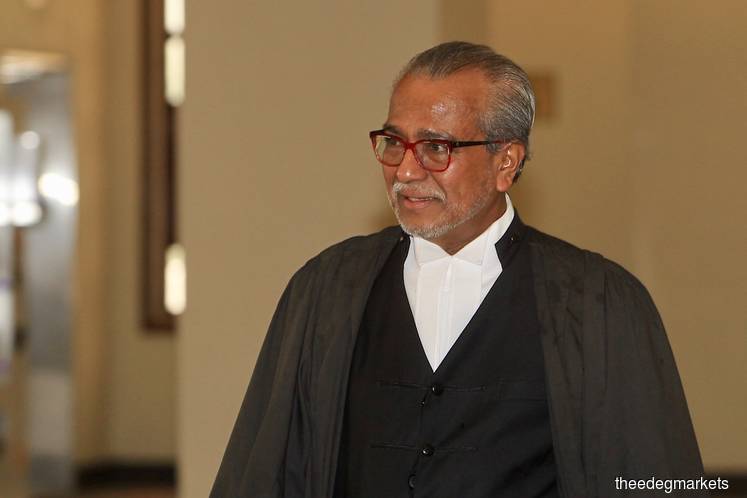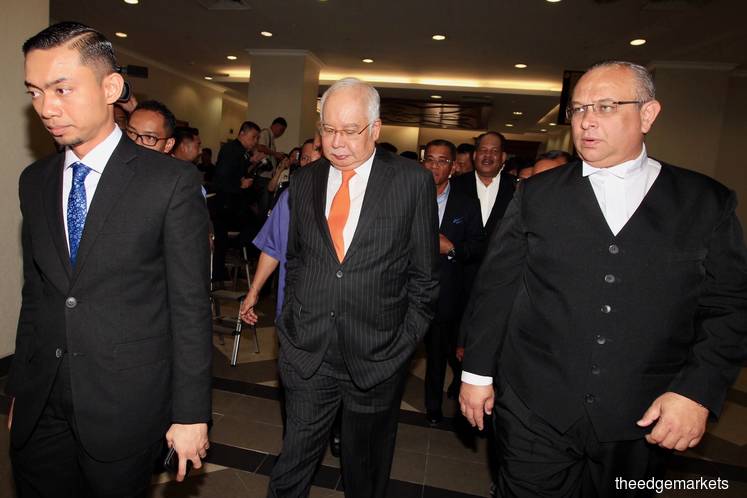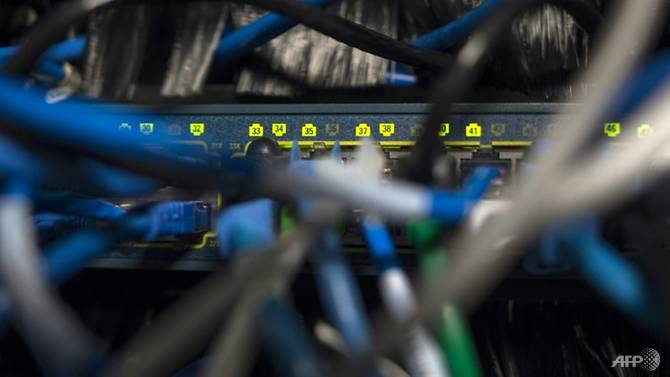China unveils its 2020 Mars probe
https://youtu.be/hdj8-XSOAg8
https://youtu.be/6H00j4Cub1g
HUAILAI, China (Reuters) - China on Thursday successfully completed a lander test in northern Hebei province ahead of an unmanned exploration mission to Mars next year.https://youtu.be/hdj8-XSOAg8
 |
A lander for China's Mars mission is seen
before a hovering-and-obstacle avoidance test at a test facility in
Huailai, Hebei province, China November 14, 2019. REUTERS/Jason Lee
|
China is on track to launch its Mars mission in 2020, Zhang Kejian, head of the China National Space Administration, said on Thursday. Zhang was speaking ahead of the hovering-and-obstacle avoidance test for the lander.
The journey through space will take about seven months, while landing will take seven minutes, said Zhang Rongqiao, chief architect of the Mars exploration programme.
The test was conducted at a sprawling landing test site in Huailai, northwest of Beijing.
China has developed the powerful Long March 5 rocket to transport the probe to Mars in 2020.
The same rocket is meant to deliver the Chang'e-5 probe to the moon by the end of 2019 or early next year to bring back samples of lunar rocks.
The Chang'e-4 probe successfully touched down on the far side of the moon in January this year, a historic first and major achievement for China's space programme.
China made its first lunar landing in 2013.
China expects to complete a modular space station around 2022, around the time when NASA is said to start building a new space station laboratory to orbit the moon, as a pit stop for missions to other parts of the solar system.
In 2003, China became the third nation to put a man in space with its own rocket after the former Soviet Union and the United States.
Since then, it has been racing to catch up with Russia and the United States and become a major space power by 2030.
(Reporting by Martin Pollard; Writing by Ryan Woo and Liangping Gao; Editing by Raju Gopalakrishnan)
China preparing for Mars mission in global space projects

It’s a success: A lander being lifted during a test at a facility in Hebei province. — AP
HUAILAI: China invited observers to a successful test of its Mars lander as the country pushes for inclusion in more global space projects.
The demonstration of hovering, obstacle avoidance and deceleration capabilities was conducted at a site outside Beijing simulating conditions on the Red Planet, where the pull of gravity is about one-third that of Earth.
China plans to launch a lander and rover to Mars next year to explore parts of the planet in detail.
China’s burgeoning space programme achieved a lunar milestone earlier this year by landing a probe on the mysterious far side of the moon.
It has developed rapidly, especially since it conducted its first crewed mission in 2003 and has sought cooperation with space agencies from Europe and elsewhere.
The US, however, has banned most space cooperation with China out of national security concerns, keeping China from participating in the International Space Station.
Despite that, China’s ambitions continue to grow as it seeks to rival the US, Russia and Europe in space and cement its position as a regional and global power. It is gradually constructing its own larger, more permanent space station in which it has invited foreign participation.
The lander yesterday successfully avoided ground obstacles during a simulated low-gravity descent, according to the China Aerospace Science and Technology Corporation, the Chinese space programme’s main contractor.
The refrigerator-sized craft was lowered gently on 36 cables through the air for about a minute and used onboard jets spraying rust-coloured fumes to alter its downward course.
“After the probe is launched, it will take about seven months to reach Mars, and the final procedure of landing will only last about seven minutes, which is the most difficult and the most risky part of the whole mission, ” said the Mars mission’s chief designer, Zhang Rongqiao, standing before the 140m-tall testing facility.
Recent rover crashes on the moon by Israel and India highlight the difficulties of safe landings from space.
The remote Comprehensive Testing Ground for Landing on Extraterrestrial Bodies run by CASC lies an hour north of the Great Wall from Beijing.
Guests at yesterday’s event came from 19 countries and included the ambassadors of Brazil, France and Italy. — AP
Source link
Related posts:
China's Chang'e-4 spacecraft, a world's first mission to moon's far side, boosts Beijing a space superpower
China lands on far side of the moon
China space station will be completed by 2020, the super "eye" to speed up space rendezvous
Related:
SCI-TECH >> Air & Space
China sends 49th BDS satellite into space
China successfully sent its 49th satellite for its domestically developed BeiDou Navigation Satellite System, or BDS, into a planned orbit on Tuesday morning, navigation authorities told the Global Times.Source: Globaltimes.cn | 2019/11/5 2:54:14
China launches new 3D mapping satellite
China on Sunday launched an advanced 3D mapping satellite that can clearly see small country lanes from orbit, and will play a vital role in supporting urban and agricultural development.Source: Global Times | 2019/11/3 14:27:27
US military's X-37B space plane lands after 780-day secret in-orbit mission
US military's X-37B space plane lands after 780-day secret in-orbit missionSource: Xinhua | 2019/10/28 14:18:33
China to launch Chang'e-5 lunar probe in 2020
China plans to launch the Chang'e-5 probe in 2020 to bring moon samples back to Earth, according to Wu Weiren, chief designer of China's lunar exploration program.Source: Xinhua | 2019/10/28 11:55:48
Chinese scientists' pursuit of cosmic rays opens windows on universe
In the wilderness of Daocheng, southwest China's Sichuan Province, 4,400 meters above sea level, Chinese scientists are constructing a cosmic ray observation station on an area equivalent to 200 soccer fields.Source: Xinhua | 2019/10/24 10:07:14
Chinese scientists' pursuit of cosmic rays opens windows on universe
In the wilderness of Daocheng, southwest China's Sichuan Province, 4,400 meters above sea level, Chinese scientists are constructing a cosmic ray observation station on an area equivalent to 200 soccer fields.Source: Xinhua | 2019/10/23 17:15:43
China's private reusable rocket to be launched in 2021
A Chinese reusable carrier rocket that uses liquid oxygen-methane propellants made its first public appearance Friday at the ongoing 2019 Zhongguancun Forum in Beijing.Source: Xinhua | 2019/10/22 10:07:33
China launches new communication technology experiment satellite
China sent a new communication technology experiment satellite into planned orbit from the Xichang Satellite Launch Center in southwest China's Sichuan Province late Thursday.Source: Xinhua | 2019/10/18 10:52:19
2019 Yaocheng (Taiyuan) International General Aviation Show opens in Shanxi
Aircrafts stage a performance at the 2019 Yaocheng (Taiyuan) International General Aviation Show in Qingxu County, Taiyuan, capital of north China's Shanxi Province, Oct. 11, 2019.Source: Xinhua | 2019/10/12 13:31:52
FAST closely monitoring unknown repetitive fast radio burst
Chinese scientists are paying close attention to a repeating fast radio burst by making follow-up observations during the country's National Day holiday.Source: Xinhua | 2019/10/7 8:49:48
China launches HD observation satellite
China sent its observation satellite into space from the Taiyuan Satellite Launch Center in north China's Shanxi Province at 2:51 a.m. Saturday (Beijing Time).Source: Xinhua | 2019/10/5 11:25:16
China's "Super Microscope" starts new experiments to explore microworld secrets
The China Spallation Neutron Source (CSNS), located in Dongguan City, south China's Guangdong Province, began a new round of user operation Thursday, with 57 experiments on new materials to be conducted in the next four months.Source: Xinhua | 2019/9/28 13:10:40
China launches new satellite for environment detection
China sent a new satellite into planned orbit from the Jiuquan Satellite Launch Center in northwest China's Gobi Desert on Wednesday.Source: Xinhua | 2019/9/25 15:38:52
China's lunar rover discovers mysterious substance on moon's far side
China's lunar rover Yutu-2, or Jade Rabbit-2, discovered an unidentified substance in an impact crater on the far side of the moon.Source: Xinhua | 2019/9/24 13:41:53
First fast tornado-detecting radar installed in East China
Coastal Jiangsu Province has installed China's first C-band phased array meteorological radar system, designed to quickly detect and monitor extreme weather including tornados, developers said on Wednesday.Source: Global Times | 2019/9/18 19:38:40
Newly discovered comet likely "interstellar visitor", says NASA
A newly discovered comet appears to have originated from outside the solar system, said NASA's Jet Propulsion Laboratory (JPL) in a release.Source: Xinhua | 2019/9/14 8:44:08
China's giant telescope picks up mysterious signals from deep space
Chinese astronomers have detected repeated fast radio bursts (FRB) - mysterious signals believed to be from a source about 3 billion light years from Earth - with the largest and most sensitive radio telescope ever built.Source: Xinhua | 2019/9/9 10:53:42







































